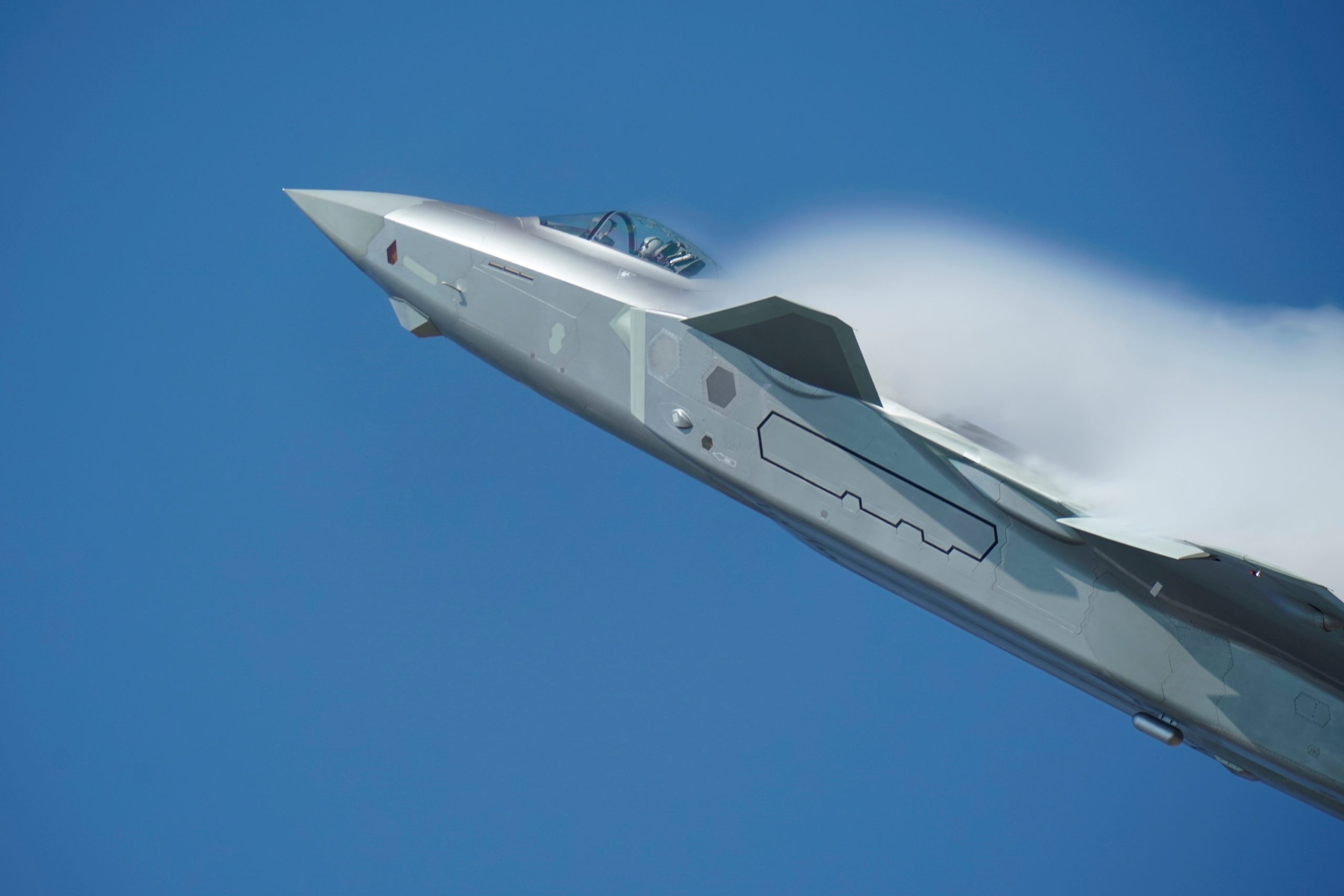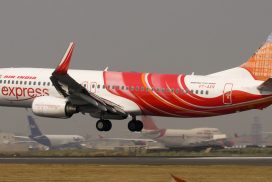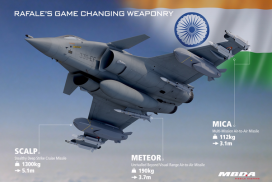Reports and social media have been buzzing with comparisons of the Dassault Rafale warbirds that landed at Ambala Air Force Base of the Indian Air Force earlier this week, and fighter jets in operation with Pakistan and China.
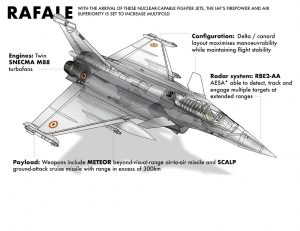
A notable aircraft in the People’s Liberation Army Air Force of China is the Chengdu J-20 stealth fighter. The aircraft made its debut in 2011 and has been compared to the US Air Force F-22 and F-35 stealth fighter jets, classified as fifth-generation combat aircraft by the United States.
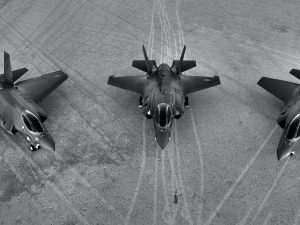
The Chengdu J-20 has attracted criticism from opponents due to its limited stealth characteristics and its use of older generation Russian manufactured power plant. Indian defence experts have stated that the Dassault Rafale is technically superior to the Chengdu J-20. Media reports claim that China has now relegated the J-20s classification from fifth generation to a fourth-generation fighter jet. To have a better understanding of the designation of generations, let’s take a close look at how fighter jets are classified.
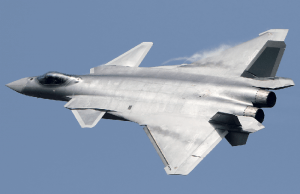
The classification of fighter jets is primarily used by Western nations, to categorize aircraft based on the level of technology incorporated.
First-generation jet fighters entered service in the 1940s and were noted for their high speeds in comparison to piston-engine aircraft of World War II. An example of a first-generation jet fighter is the Royal Air Force Meteor and US Air Force F-80.
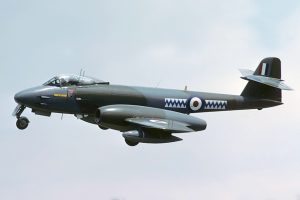
The start of the Korean marked the emergence of second-generation fighter jets, which were designed with highly swept-back wings to improve manoeuvrability in combat. Examples of second-generation fighters include the US Air Force F-86 Sabre and the Russian MiG-15 and MiG-17.

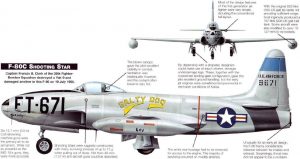
The 1950s saw the arrival of third-generation fighter jets, aircraft that had advanced engines that could sustain supersonic speeds and were armed with air-to-air and air-to-surface missiles. The Russian Mig-21 and the US Air Force F-104 were classified as third-generation fighter jets.
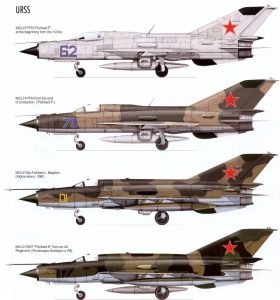
Fourth-generation fighter entered service in the 1970s and are still part of Air Force fleets today. These aircraft had advanced radar systems for aerial and surface targets, a multitude of sensors, fly-by-wire flight controls, superior manoeuvrability and were armed with advanced weapons. Examples of fourth-generation fighters include the US Air Force F-15 and F-16, French Mirage 2000 and the Russian Sukhoi Su-27 and MiG-29.
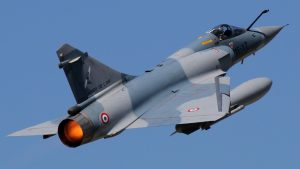
The current fifth-generation are classified by their stealth characteristics, precision-guided weapons system, active electronically scanned array (AESA) radar system, and advanced avionics that are shared on several aircraft platforms. The only fifth-generation fighter jets in service are the US Air Force F-22 and F-35 and the Russian Sukhoi Su-57 to be inducted soon.

Some defence analysts classify 4.5 generation of fighter jets that have high agility, integration of radars and infra-red sensors in what is called sensor fusion for environmental awareness and mild stealth characteristics such as reduced radar cross-section to avoid detection. The Dassault Rafale and Russian Sukhoi Su-35 are classified as 4.5 generation fighter jets.
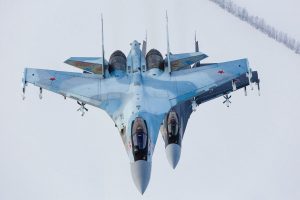
For sixth-generation aircraft not yet in service, experts anticipate the aircraft to feature ‘directed energy’ microwave and laser weapons systems, advanced artificial intelligence integrated into aircraft systems and the capability for both manned and unmanned variants. Extreme stealth, virtually undetectable by radar systems, multi-Mach speeds and possible “morphing” capability. In addition, their fuselage skin would be made of special ‘smart skins’ materials, highly sensitive sensors and extensively networked with air and ground support forces.
How does China classify its fighter jets?
The People’s Liberation Army Air Force does not use the international system to categorize their aircraft. China identifies its fighter jets based on when they were first integrated into armed forces and not necessarily on the technology they possess.
By the given nomenclature, the J-5 (license-built Russian MiG-17) from the 1950-1960s is considered the first generation.

The J-7 (license-built MiG-21) is second generation as it entered service in the 1970s.
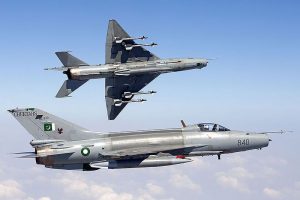
The J-11 (license-built Sukhoi Su-27) of the 1990s is identified as third generation.
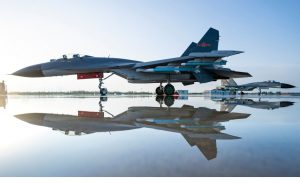
In contrast, the Dassault Rafale is classified in between 3.5 and 4.5 generation of fighter jets.
The Chinese military has repeatedly referred to the Chengdu J-20 fighter jet as a fourth-generation fighter. However, the J-20 does integrate several fifth-generation features, which adds to the confusion in classification.
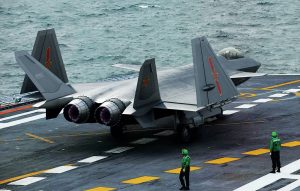
The question of whether the Chengdu J-20 really conforms to the technological standards of its Western counterparts remains debatable at this point.

